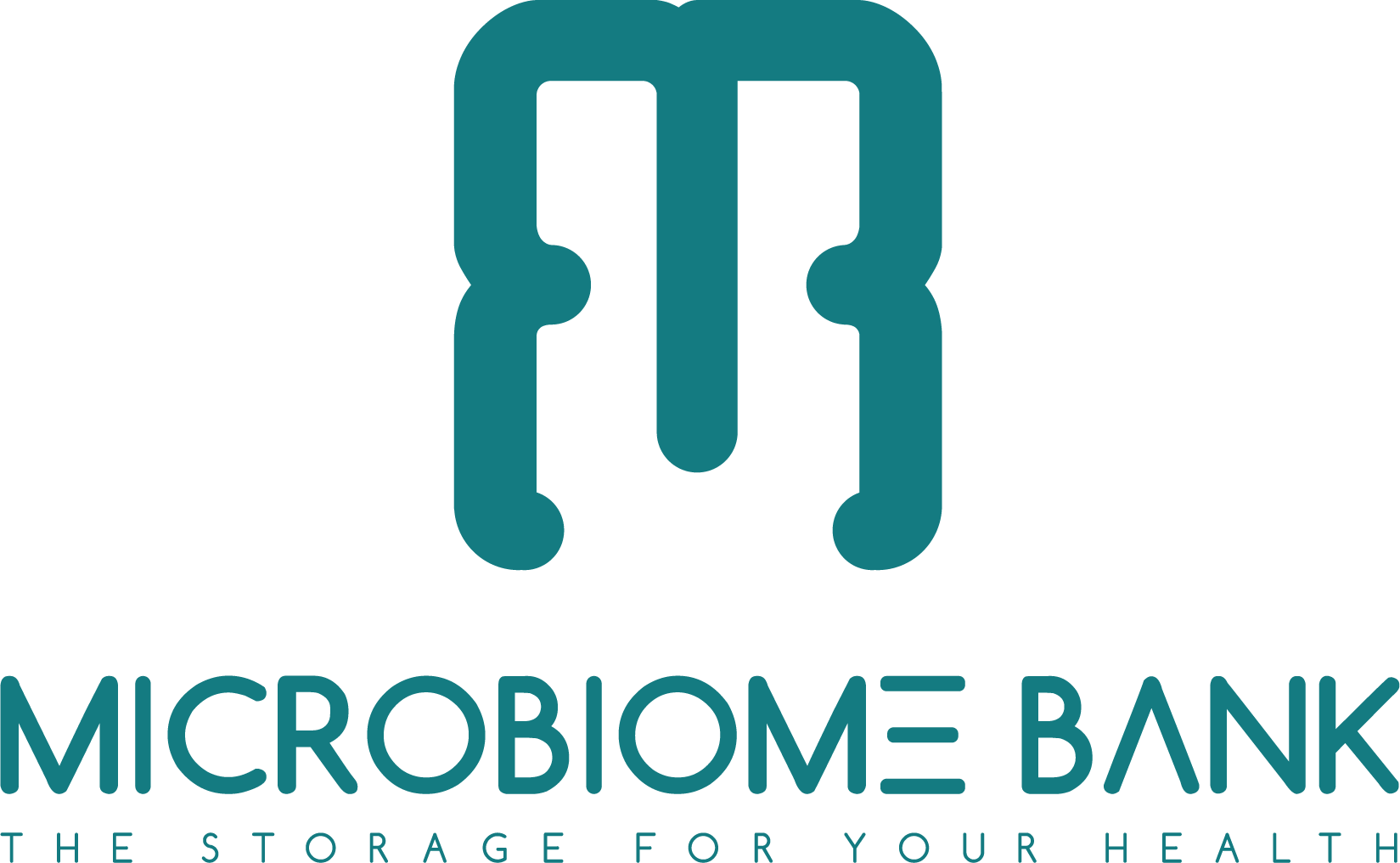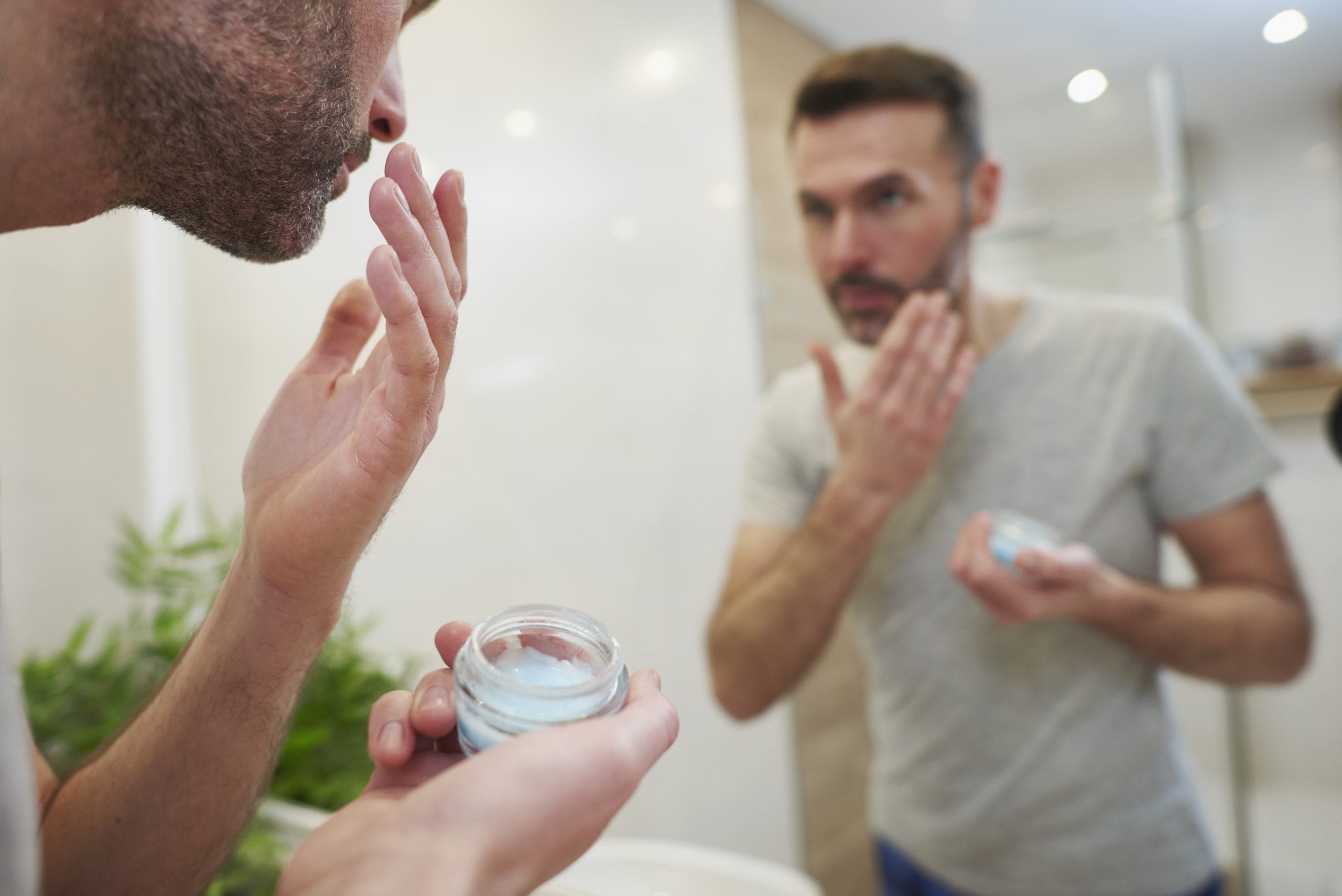You Are What Grows On You
For most of his life, he treated skin as an afterthought - something to wash, shave, moisturize when dry. A functional cover, not an active organ. But that changed when he dove deeper into microbiome research. The science was undeniable: the skin wasn’t just a barrier. It was a living ecosystem.
Trillions of bacteria, fungi, and even mites formed a microscopic community across the body. Staphylococcus epidermidis, Cutibacterium acnes, Corynebacterium, and many others weren’t random squatters - they trained immunity, protected against pathogens, and regulated inflammation. When disrupted, they left space for acne, eczema, or rosacea. Perhaps even a faster pace of visible aging.
Looking at his own history, he realized how many years he had stripped this system bare - antibacterial soaps, hot showers, alcohol-based toners, harsh surfactants, even overusing sunscreen chemicals. The idea that “clean equals sterile” had left skin vulnerable. He now understood that sterile skin wasn’t strong skin - it was imbalanced skin.
He began mapping what to do differently. He knew the steps clearly: - dropping harsh soaps for pH-balanced cleansers only in key areas, - swapping synthetic deodorants for mineral-based ones, - experimenting with microbiome-friendly topicals like kefir rinses or rice water, - choosing polyphenol-rich skincare and low-dose zinc, - treating sunlight as therapy instead of an enemy, - dry brushing and mindful sweat exposure to stimulate immune activity.
But this time, he didn’t rush. He decided to postpone these changes. Not because they weren’t important, but because he had learned the danger of trying to change everything at once. The gut was his main project, and overwhelming his routines would sabotage consistency. The skin knowledge would wait - ready in his “future protocols” folder.
Still, he noticed something without even trying. As his gut stabilized, his skin began to shift. Redness softened. Odd breakouts faded. Small wounds healed faster. His face in the mirror became a readout of his gut’s condition - subtle, but unmistakable.
What once looked like random wrinkles and irritation now seemed like messages. Biofeedback. Proof that the gut and skin were immunologically linked, communicating through the same metabolites and immune pathways. When his food or sleep slipped, his skin showed it. When balance returned, so did clarity.
He smiled at the realization: he didn’t need to overhaul everything at once. He just needed to listen. The rest - the cleansers, the ferments, the mineral lotions - would come later, when the timing was right. He had the map. He would use it when needed.
Next week: “The Testosterone-Gut Tango” - exploring hormones, aging, and microbial modulation in men’s health.


